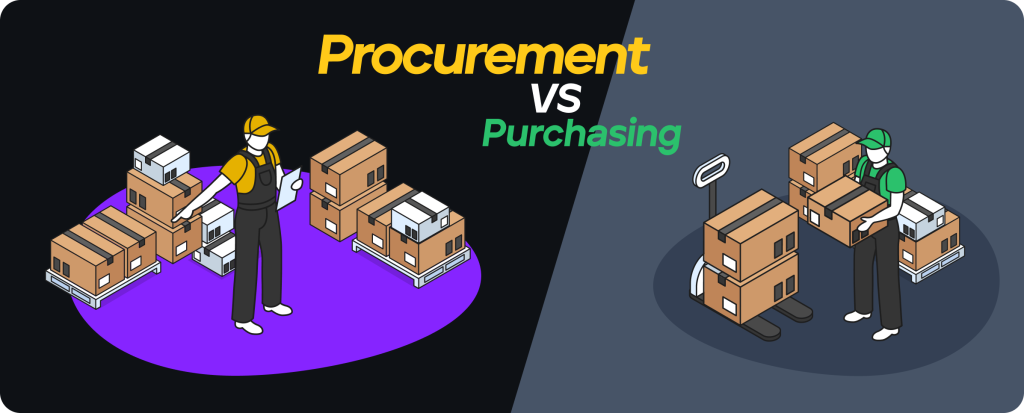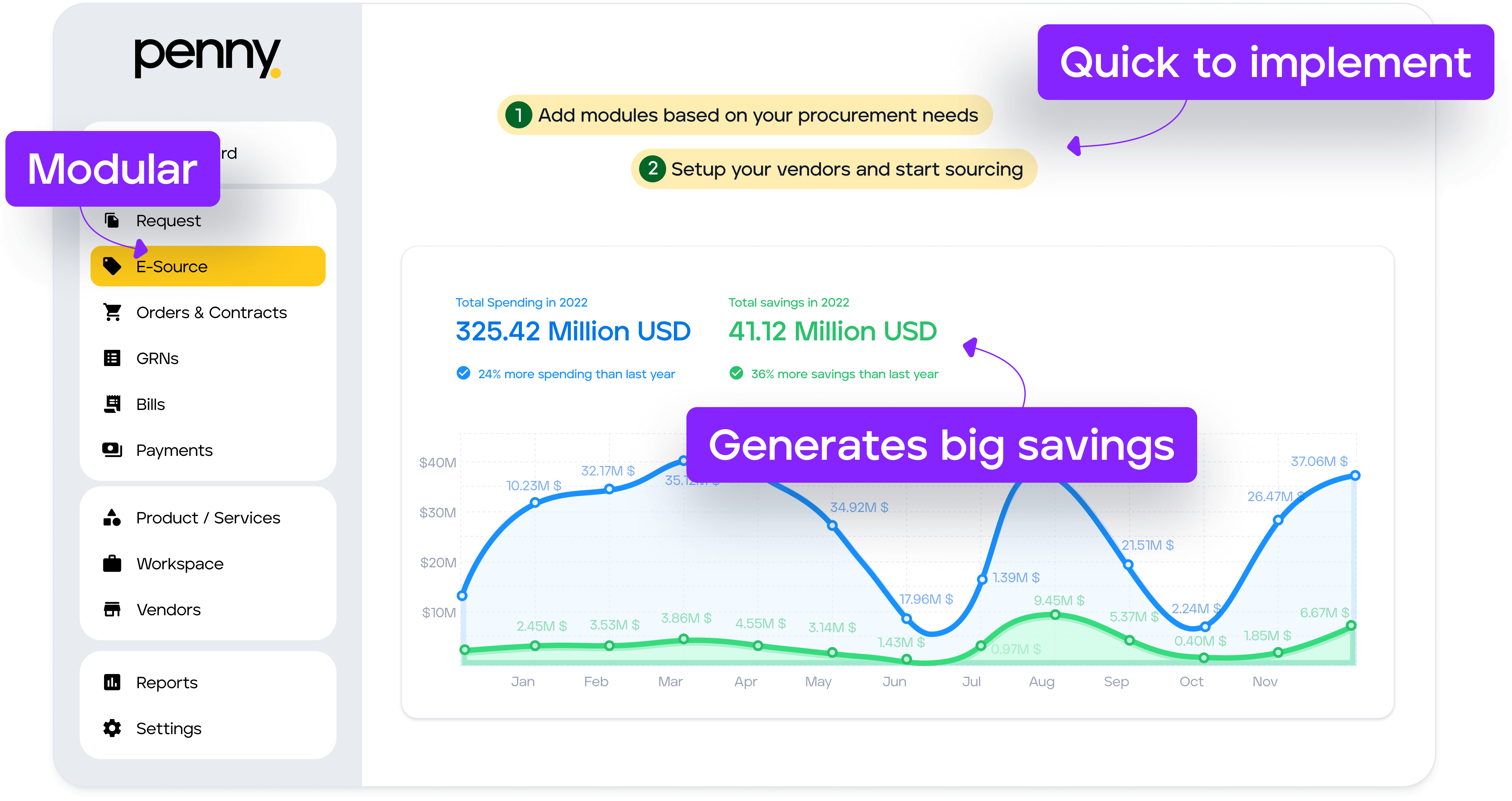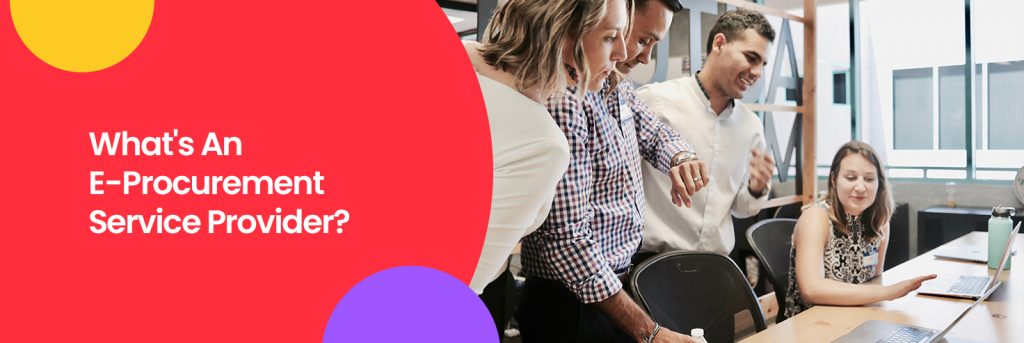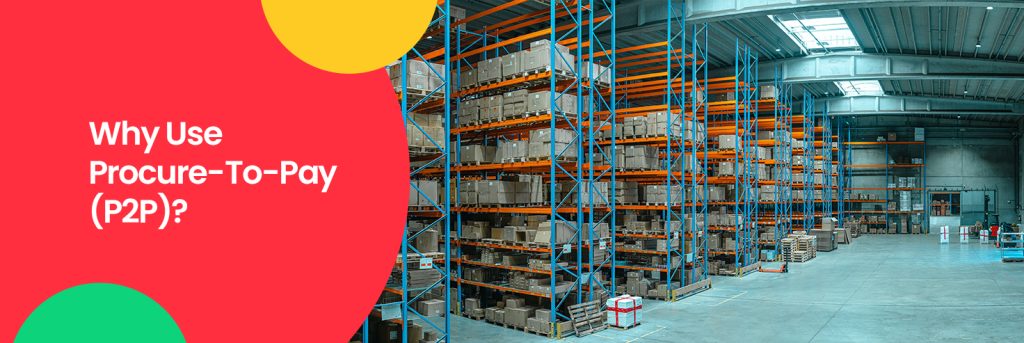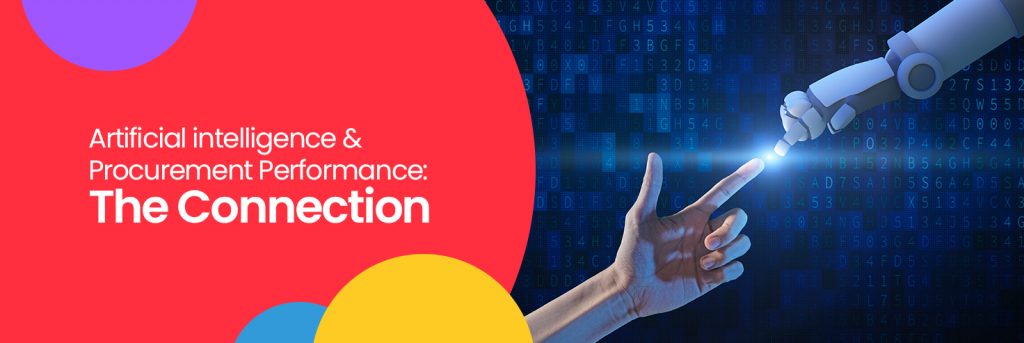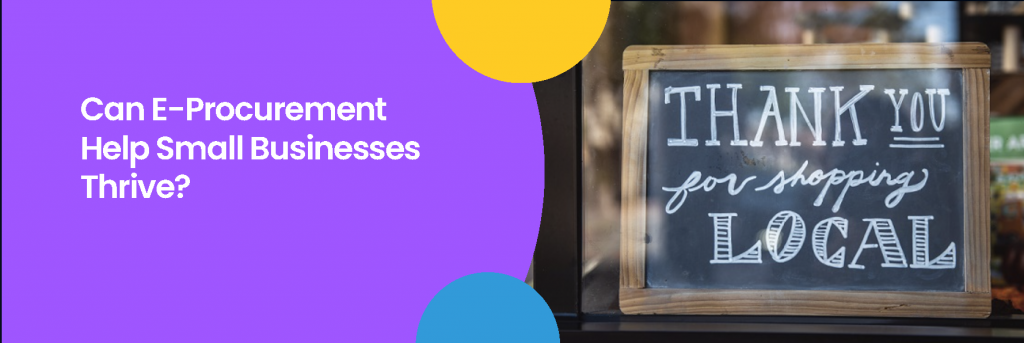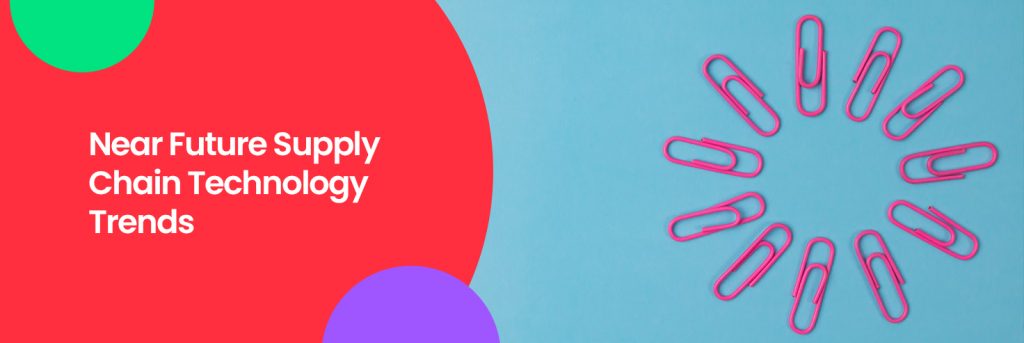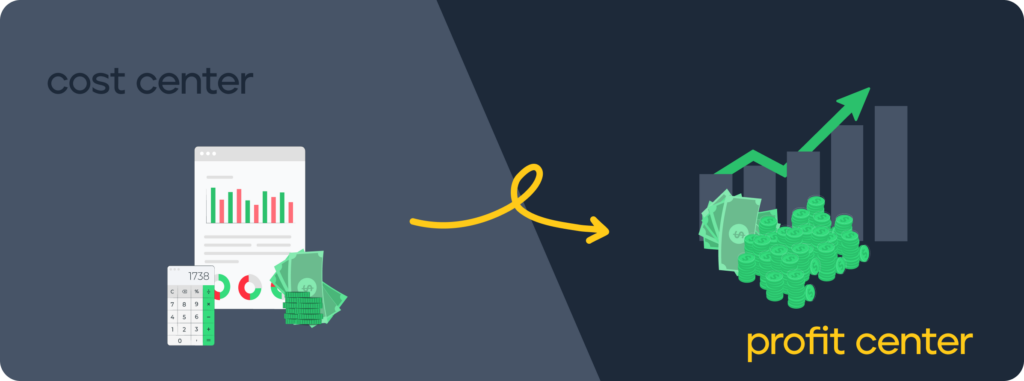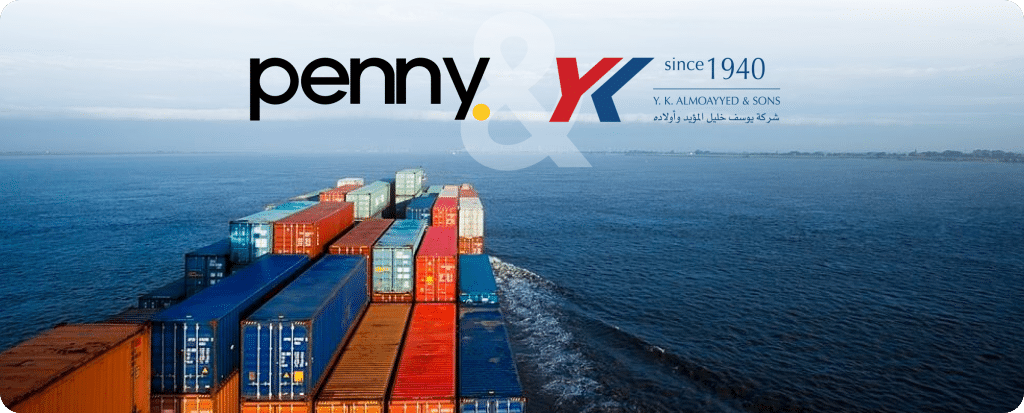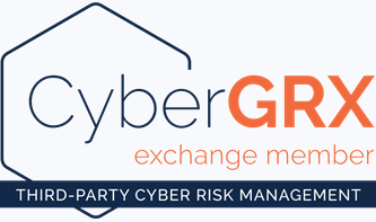Two of the most common words beginning with P in the business world are often used interchangeably, and it’s easy to see why. The terms procurement and purchasing, which refer to the process of acquiring goods or services, are both often associated with buying supplies or materials, and so sometimes, the detail gets lost. However, there is a distinction between procurement and purchasing that goes beyond simply sharing the letter P. Procurement involves a strategic and comprehensive approach to sourcing and supplier management, considering factors such as quality, cost, and risk mitigation, while purchasing is more transactional-based, focusing on the actual buying process. It is essential to distinguish between the two because one is transactional-based, and the other has the long-term interest of the business in mind.
So, let’s explore the differences by first looking at the basic definitions.
Procurement is the process of sourcing or identifying a product – shortlisting, selecting, getting quotes, negotiating terms, and acquiring needed goods or services from a supplier. Procurement managers will build and maintain relationships with third parties and can “procure” your goods or services via direct purchase, competitive bidding, or a tendering process.
On the other hand, purchasing is the actual act of acquiring a good or service a business needs to meet its business objective and will typically involve the immediate day-to-day transactions between sellers and buyers. Naturally, this involves purchasing managers ordering and fulfilling orders (which slips into procurement territory, hence the interchange of terms) and arranging to make the payments.
Five differences between procurement and purchasing
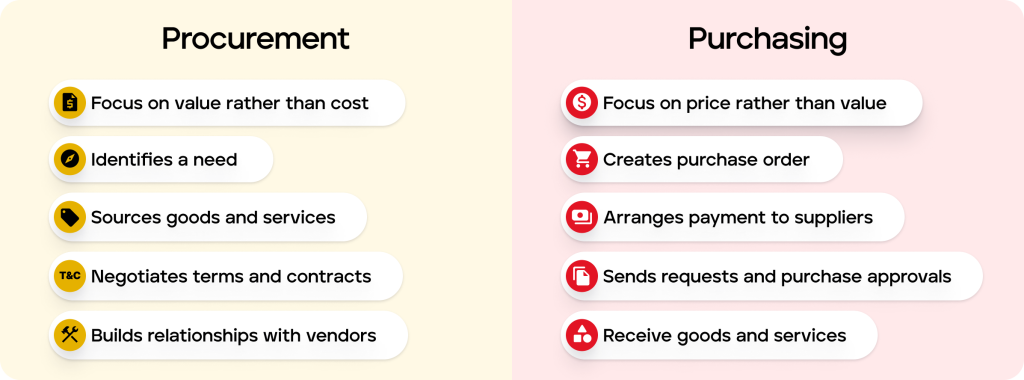
As the table indicates, purchasing is more tactical, short-term, and transactional. Purchasers focus on quantity, costs, and timings and, subsequently, are typically looking to get items for the best price rather than the best overall value. Purchasing decisions will unlikely affect the long-term prospects or growth of the company – but they are needed to keep the company’s operations up and running.
Procurement is more strategic and takes an overarching view of buying a business’s goods and services. It is about creating long-term value, enhancing relationships with third-party vendors, negotiating and closing contracts, and looking at the overall value of a transaction rather than simply the price.
Don’t forget the Total Cost of Ownership
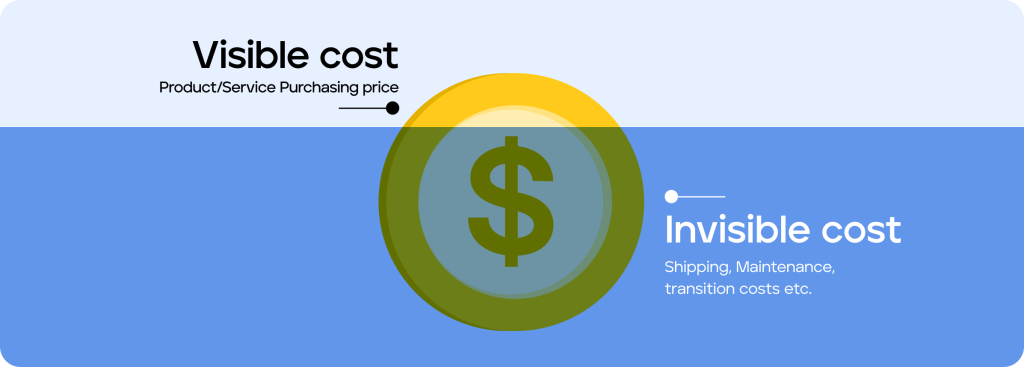
Procurement managers have to consider another concept – Total Cost of Ownership (TCO). This is the cost of the item plus the cost to operate it over its useful life. Procurement decisions will often be made based on the best value-for-money solution, taking into account the total lifetime cost of ownership of the goods or service – including shipping, maintenance, exit, and transition costs, for example. TCO allows procurement managers to look at the short and long-term costs of any particular goods, service, or solution.
Traditionally cost has been associated with the purchase price alone or purchase price plus support costs; however, the initial procurement cost is typically only a relatively small percentage of the total cost of owning and operating most products.
Let’s look at it another way. For example, you may find a second-hand car that looks like an absolute bargain at a super-low price. Yet, while the price you pay for the car might be cheap, the cost of keeping it for several years may not. The car will need plenty of regular maintenance to keep it road worthy, and because it is older, some of its major parts, from its clutch to its cam belt, may need replacing sooner rather than later. In short, you could spend far more than the price you paid for the vehicle in the first place.
To summarise, purchasing focuses on keeping costs down as the business goes about its daily routine, while procurement focuses on creating long-term value for a business.
The 10 steps of the procurement process
1. Identify what goods and services you need
2. Determine where you will source the goods and services
3. Assess and select your vendors
4. Negotiate price and terms
5. Create a purchase order, defining price and T&Cs.
6. Wait for the delivery of your order
7. Inspect and perform a quality check on the goods on arrival
8. Ensure the purchase order, receipt, and invoice match.
9. If all is good, approve the invoice and make the payment
10. Make a record of the transaction
